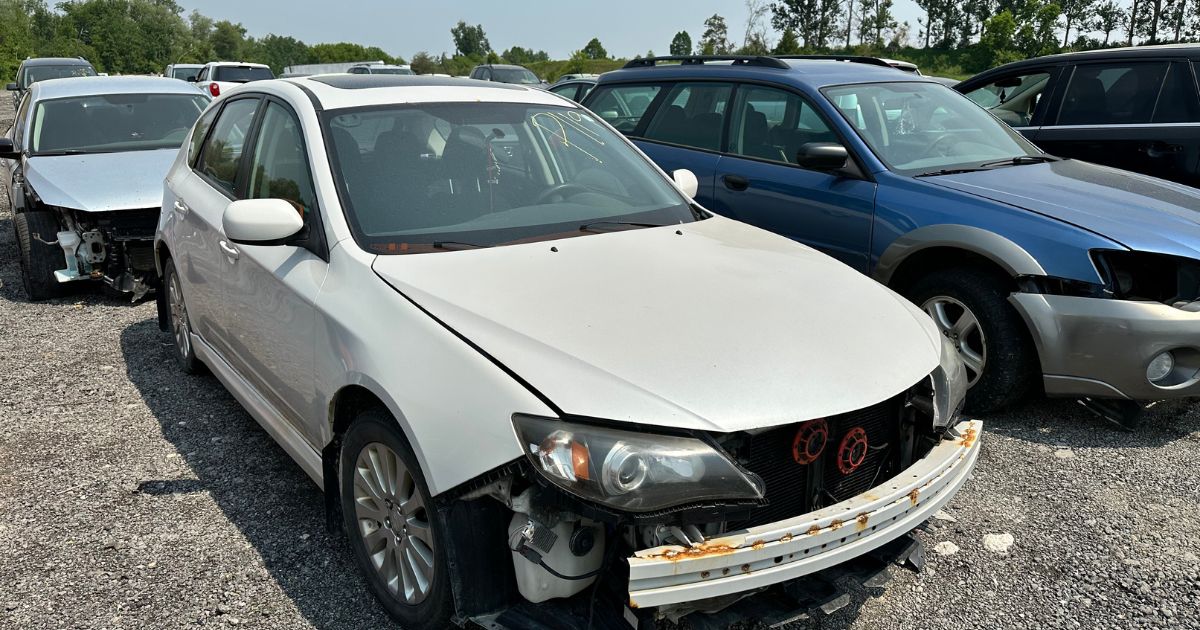From Rubbish to Delight: How Auto Repurposing Transforms Our Surroundings
In the modern era, amid growing environmental concerns, the significance of car recycling cannot be overstated. Each year, millions of vehicles reach the end of their road, leaving behind a trail of metal, plastic, and other materials that could pose a danger to our planet. However, instead of ending up in landfills, these wrecked cars represent an opportunity to salvage useful materials and reduce our ecological footprint.
Vehicle recycling offers a sustainable solution that not only helps in the proper treatment of scrap vehicles but also plays a crucial role in protecting our ecosystem. Through processes like vehicle dismantling, we can guarantee the safe extraction of harmful substances such as oil, batteries, and fluids are carefully removed and treated. By reprocessing auto wreckers and other materials, the industry contributes to a sustainable economy, lessening the need for new raw materials and minimizing waste. In adopting auto recycling, we transform what might be considered junk into useful materials, promoting a safer, greener, and more sustainable world for future generations.

The Effects of Scrap Car Removal on Nature
Scrap car removal plays a important role in preserving nature by decreasing the number of abandoned vehicles on public roads and in local areas. These vehicles often leak hazardous substances such as oil, antifreeze, and gasoline, which can contaminate land and aquatic systems. By disposing of these abandoned cars, we prevent toxic substances from entering the ecosystem and causing harm wildlife and plants.
Additionally, car recycling has substantial benefits in terms of resource conservation. When vehicles are recycled, valuable materials like metals, plastics, and glass are extracted and repurposed. This method cuts down on the need for fresh raw materials, minimizing the environmental effects associated with extraction and manufacturing. By opting for junk car removal services, individuals contribute to a circular economy where materials are recycled, thus reducing the strain on the environment.
Moreover, the proper disposal of junk vehicles helps to minimize greenhouse gas emissions. Outdated vehicles are typically not as fuel-efficient and can generate increased emissions in contrast to newer, eco-friendly models. By removing these vehicles, we not just eliminate harmful emissions from old engines but also encourage the use of eco-friendly technologies. Overall, the removal of abandoned vehicles is an essential practice that changes potential environmental dangers into valuable materials, promoting a healthier planet.
The vehicle recycling method described
This car recycling procedure commences with the removal of a junk vehicle from its location, which is often facilitated by organizations that are dedicated to removing scrap cars. This first step is essential as it guarantees that cars that have come to the end of their life cycle are removed from use, preventing likely environmental hazards. After the vehicle is gathered, it is hauled to a recycling plant where it will experience additional processing.
Upon arrival at the recycling facility, the vehicle is inspected and prepared for dismantling. Throughout this process, valuable components such as batteries, tires, and automotive fluids are safely removed and discarded according to laws for environmental protection. This precise sorting is vital to minimize the risk of pollution and to reclaim materials that can be utilized again or recycled. The remaining structure is then taken apart, with metals and additional substances being sorted for reuse.
Finally, the chassis of the car is smashed to create more substantial pieces of scrap metal, which are then liquefied and transformed into fresh items. This process not only reduces the quantity of waste sent to dump sites but also substantially preserves energy and resources compared to extracting new raw materials. By transforming scrap into valuable materials, auto recycling plays a key role in promoting sustainability and protecting our ecosystem.
## Benefits of Car Recycling for Local Areas
Car recycling plays a crucial role in improving the well-being of communities by promoting eco-friendly practices and minimizing excess materials. When cars reach the end of their life cycle, appropriate recycling ensures that valuable materials like metal products and synthetics are reclaimed and utilized again. This process cuts down on the requirement for new raw materials, leading to reduced energy consumption and a decrease in greenhouse gas emissions. By engaging in scrap car removal, citizens help to a healthier planet, encouraging a greener and more eco-conscious living environment.
Moreover, vehicle recycling supports community economies by providing jobs and stimulating growth. Recycling facilities often require a staff to handle tasks, organizing, and processing scrap vehicles. This creates employment opportunities within the community, improving local earnings and supporting economic stability. Additionally, the profits generated from materials from recycling can be put back into community development projects, further improving the quality of life for community members.
Finally, auto recycling promotes responsible vehicle ownership and neighborhood pride. By encouraging individuals to recycle their unwanted cars through established scrap car removal programs, neighborhoods foster a culture of eco-consciousness and responsibility. Residents become more informed about their ecological footprint and are more likely to participate in other green practices. This collective effort not only minimizes environmental damage but also bolsters social connections as neighbors unite toward a joint aim of creating a cleaner, sustainable, and lively community.